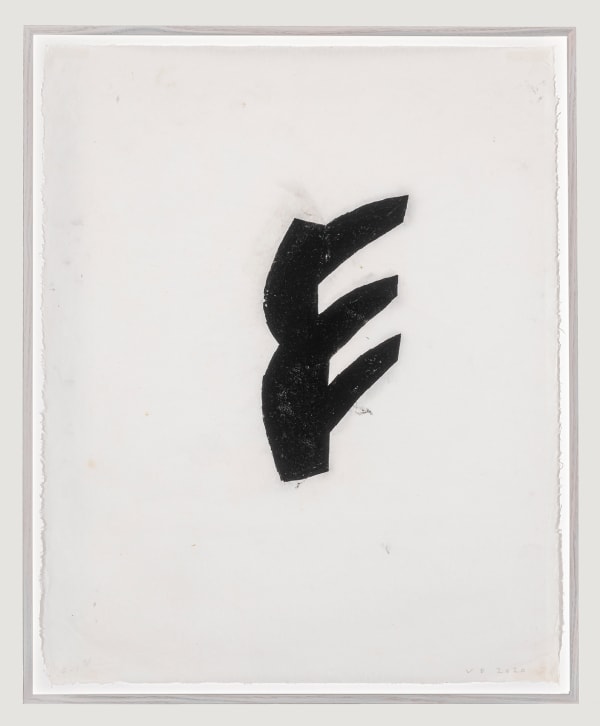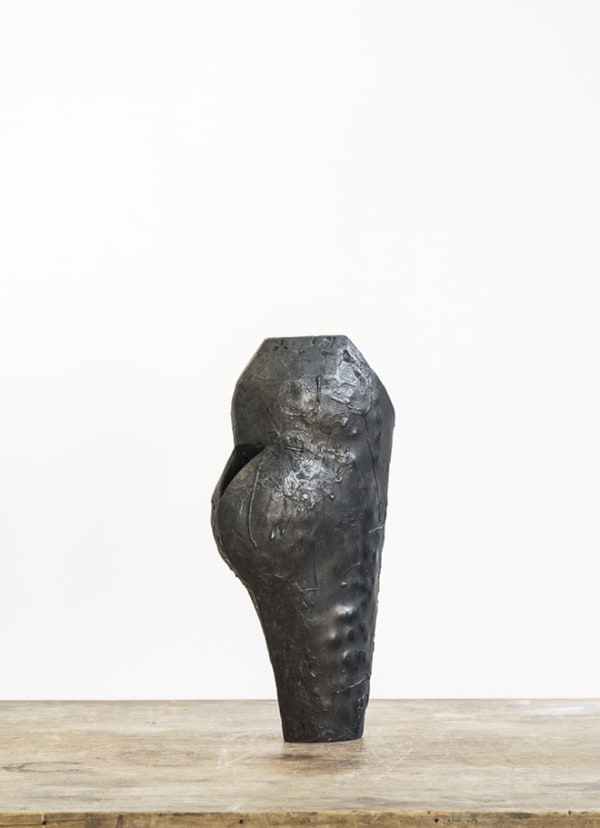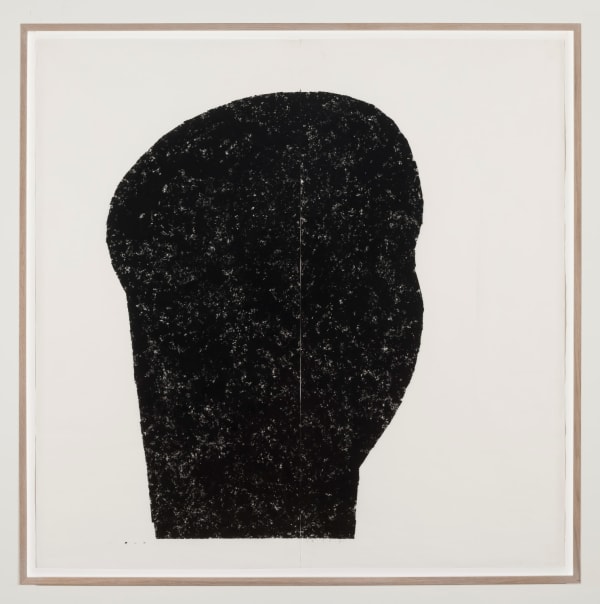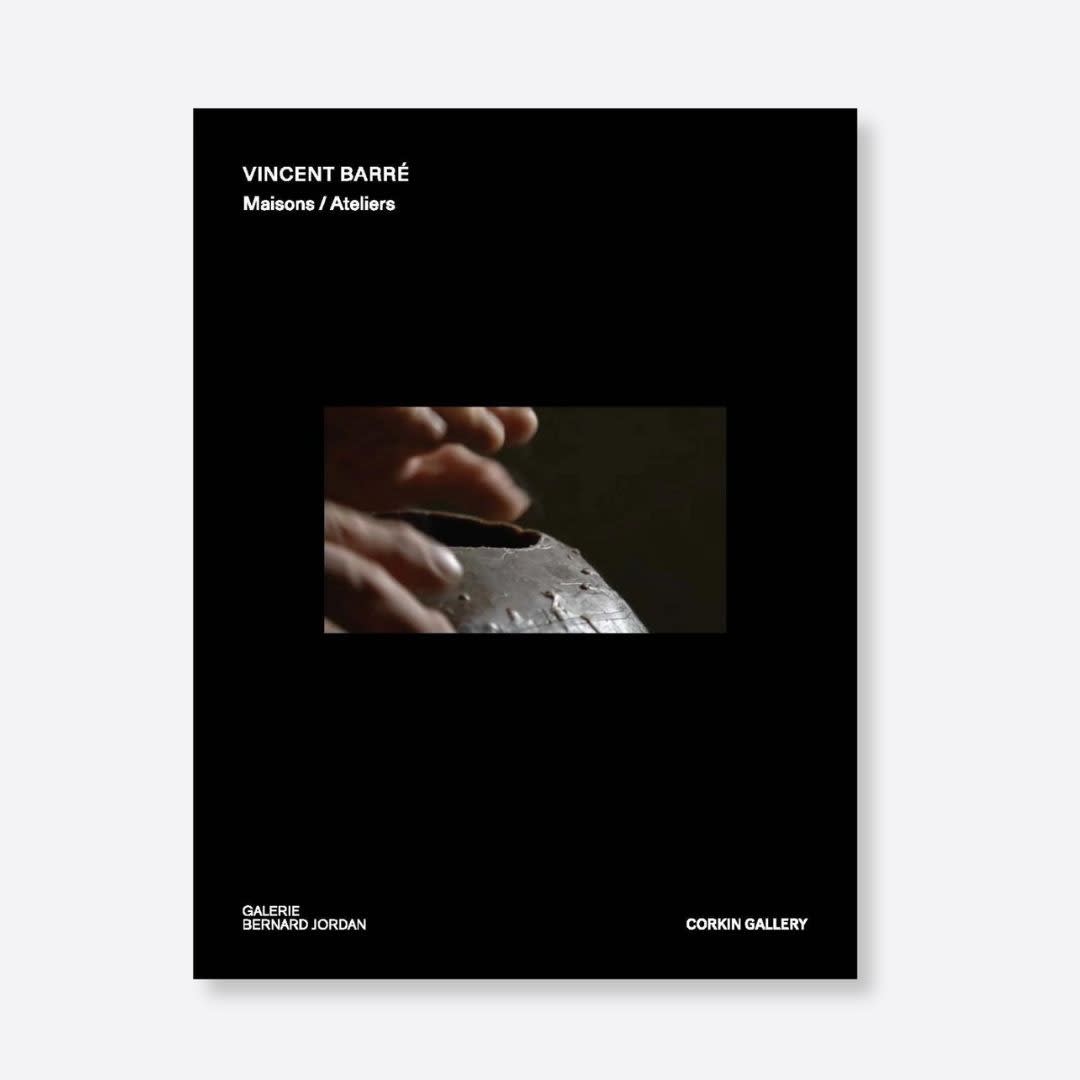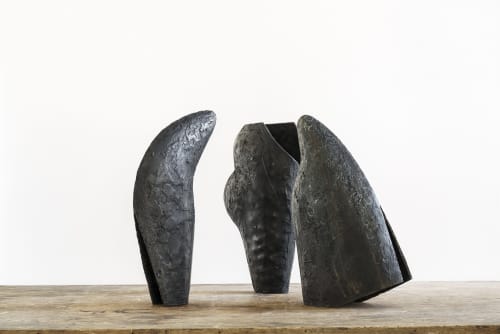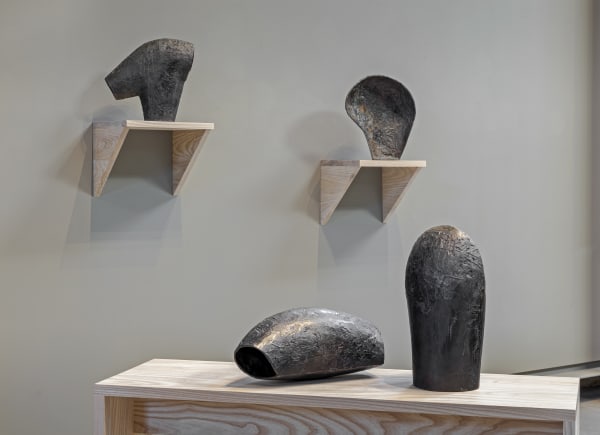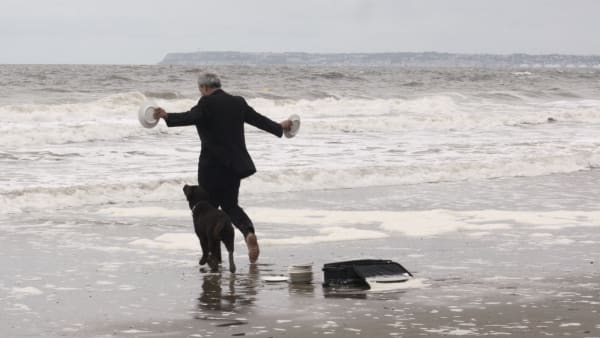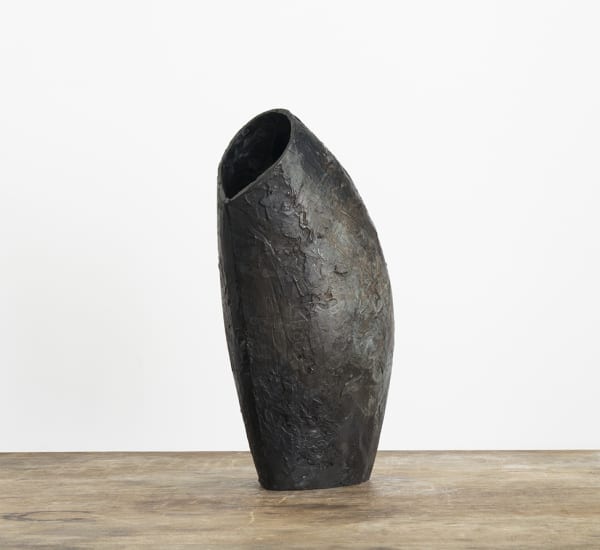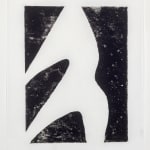Vincent Barré - Maisons/Ateliers
-
 Vincent Barré, Retrait 1, 2020
Vincent Barré, Retrait 1, 2020 -
 Vincent Barré, Retrait 2, 2020
Vincent Barré, Retrait 2, 2020 -
 Vincent Barré, Retrait 10, 2021
Vincent Barré, Retrait 10, 2021 -
 Vincent Barré, Monotype 16, 2020
Vincent Barré, Monotype 16, 2020 -
 Vincent Barré, Monotype 2, 2020
Vincent Barré, Monotype 2, 2020 -
 Vincent Barré, Monotype 13, 2020
Vincent Barré, Monotype 13, 2020 -
 Vincent Barré, Retrait 3, 2020
Vincent Barré, Retrait 3, 2020 -
 Vincent Barré, Retrait 11, 2021
Vincent Barré, Retrait 11, 2021 -
 Vincent Barré, Retrait 12, 2021
Vincent Barré, Retrait 12, 2021 -
 Vincent Barré, Monotype 3, 2020
Vincent Barré, Monotype 3, 2020 -
 Vincent Barré, Monotype 17, 2020
Vincent Barré, Monotype 17, 2020 -
 Vincent Barré, Monotype 4, 2020
Vincent Barré, Monotype 4, 2020 -
 Vincent Barré, Retrait 4, 2020
Vincent Barré, Retrait 4, 2020 -
 Vincent Barré, Retrait 13, 2021
Vincent Barré, Retrait 13, 2021 -
 Vincent Barré, Retrait 5, 2020
Vincent Barré, Retrait 5, 2020 -
 Vincent Barré, Monotype 21, 2020
Vincent Barré, Monotype 21, 2020 -
 Vincent Barré, Monotype 8, 2020
Vincent Barré, Monotype 8, 2020 -
 Vincent Barré, Monotype 27, 2020
Vincent Barré, Monotype 27, 2020 -
 Vincent Barré, Retrait 14, 2021
Vincent Barré, Retrait 14, 2021 -
 Vincent Barré, Retrait 6, 2020
Vincent Barré, Retrait 6, 2020 -
 Vincent Barré, Retrait 7, 2020
Vincent Barré, Retrait 7, 2020 -
 Vincent Barré, Monotype 10, 2020
Vincent Barré, Monotype 10, 2020 -
 Vincent Barré, Monotype 28, 2020
Vincent Barré, Monotype 28, 2020 -
 Vincent Barré, Monotype 11, 2020
Vincent Barré, Monotype 11, 2020 -
 Vincent Barré, Retrait 8, 2020
Vincent Barré, Retrait 8, 2020 -
 Vincent Barré, Retrait 9, 2020
Vincent Barré, Retrait 9, 2020 -
 Vincent Barré, Monotype 23, 2020
Vincent Barré, Monotype 23, 2020 -
 Vincent Barré, Metopes suite II, c, 2019
Vincent Barré, Metopes suite II, c, 2019 -
 Vincent Barré, Metopes suite II, d, 2019
Vincent Barré, Metopes suite II, d, 2019 -
 Vincent Barré, Metopes suite II, b, 2019
Vincent Barré, Metopes suite II, b, 2019
Corkin Gallery is pleased to present Maisons/Ateliers, an exhibition of bronze sculpture and works on paper by French artist Vincent Barré, on view April 2 - June 4, 2022. Sculptor, architect and filmmaker Vincent Barré has maintained a central presence in the French cultural scene for over 50 years. Barré studied in Philadelphia under American architect Louis Khan, before working with the architecture firm Barton Myers in Edmonton and Toronto in the 1970s. Upon returning to Paris, he devoted his practice to sculpture and became known for cast-iron and bronze constructions that relate human form to architecture and landscape. His large-scale sculpture can be found in the public and private spaces of France, Germany and China.
Barré made sculpture on a smaller scale during isolation in his Normandy studio in 2020. Maisons/Ateliers reflects on our shared experience of solitude in collapsed home/work spaces. His warm, sensuous bronzes embody the human desire for physical contact. “Barré’s sculptures seem, at least, when we first encounter them, to be self-sufficient, albeit mysterious objects, unlike anything but themselves. They fascinate us because of their intrinsic properties. Yet we soon discover how richly allusive these enigmatic forms prove to be. If we spend some time with Barré’s seemingly elemental structures, we not only become more aware of their subtly distorted geometric underpinnings, but we also find that they provoke a host of associations with everything from the human body to a surprising range of man-made things.” A series of minimal ink monotypes transform the artist’s mastery of form on delicate paper. These works explore the potential of black and white to evoke shifts in perspective and dimensionality.
The physicality of Barré’s process is felt in his work. Using the lost-wax method, he molds hot wax into hulls, scratching and scraping the material to create tactility. The work is then cast in bronze at the foundry. Barré completes the work by painting varnishes and oxides onto the bronze. The result is a richly textured surface which is enhanced by brilliant patinas unique to each sculpture.
The work of Vincent Barré has been exhibited at major European museums including The Matisse Museum in Le Cateau-Cambrésis, France; The Musée d’art moderne André Malraux in Le Havre, France; The musée des Beaux-Arts et d’Archéologie in Besançon, France; the Centre d’Art Contemporain du Luxembourg Belge in Virton, Belgium; and the Rijksmuseum Twenthe in Enschede, Netherlands. He taught and exhibited in Tianjin and Jinan, China; Delhi, India; Bremen, Germany; and in New York at the New York Studio School. Barré was head of a sculpture workshop at the Beaux-Arts de Paris from 1995 to 2011.
The integration of art in outdoor spaces is at the forefront of the artist’s practice. As artist-advisor to the City of Amilly, Loiret for over 30 years, Barré led architectural and public art programming.
His site-specific work can be found in the vineyards of France including Château Cadillac, Bordeaux; Haut Selve, Graves; Château de Laubade, Armagnac; David vineyard near Avignon; and Chateau Sainte Roselinde, Les Arcs. Barré was commissioned to make several commemorative sculptures in France – Monument to the Resistance fighters of Nivelle, Amilly; Column of branches in homage to the Companions of the Liberation, Paris; and Crown and Chaos, Chaumont-sur-Loire. Internationally, his public sculptures can be found at the Gerhard Marcks Haus in Bremen, Germany; and the Tianjin Academy of Fine Arts in Tianjin, China.
Born in Vierzon, France in 1948, Barré lives and works in Paris, Normandy and Loiret.
Quote from “More Than Meets the Eye,” Karen Wilkin, 2016.
MAISONS/ATELIERS by Vincent Barré
As with so many people, the days of lockdown at home and the solitude of the workspace have left me in a state of withdrawal in which projects feel stuck, suspended and my thinking somewhat frozen. The anxieties that are keeping the entire world paralyzed find their way into my own day-to-day experiences, through the media and other forms of communication. Only very simple gestures, physical gestures really, prove able to engage the body in activity. It is in this suspended state of mind that I build wax objects that I intend to be strong, rough, solid and detached from the times we are living through. Day after day, the collection grows in my studio, an alphabet of resistance, a new series of ex-voto.
I sit on a little chair before a pot of boiling wax, molding objects from thin slabs of wax, which I bend, shape and curve to form these hulls. After that, using a hot knife, I assemble them, scratch and scrape the object to make a taut volume, or fill in gaps with liquid wax. These gestures are sensual, embodying patience, sensation and an almost loving attention to these cocoon-like objects, living fragments, whole and hollow that I hold between my knees.
On film using one long, continuous shot, Pierre Creton captures my hands at work in the half-light of the studio. One can hear only breathing and the sound of the tools as they work the wax. At times, my hands pause to caress the warm material.
Two sets of ink monotypes, black on white and white on black, extend the organic gestures of the sculpture into the field of drawing. Playing with the negative space produced solely from black ink, the sculptural forms undergo a series of metamorphoses as they are inverted and reversed on delicate Chinese paper. The forms recall the historical iconography of archaeological fragments, ex-voto, bodies torn to pieces, and upright or perforated forms. The fragility of the paper mirrors the fragility of the physical self, plunging my reverie into the present, raw moment.
A reflection on this world takes shape in my hands, bringing the living and vulnerable substance of the wax to a mold then cast into solid metal: A poetic embodiment of the house-workshop.






